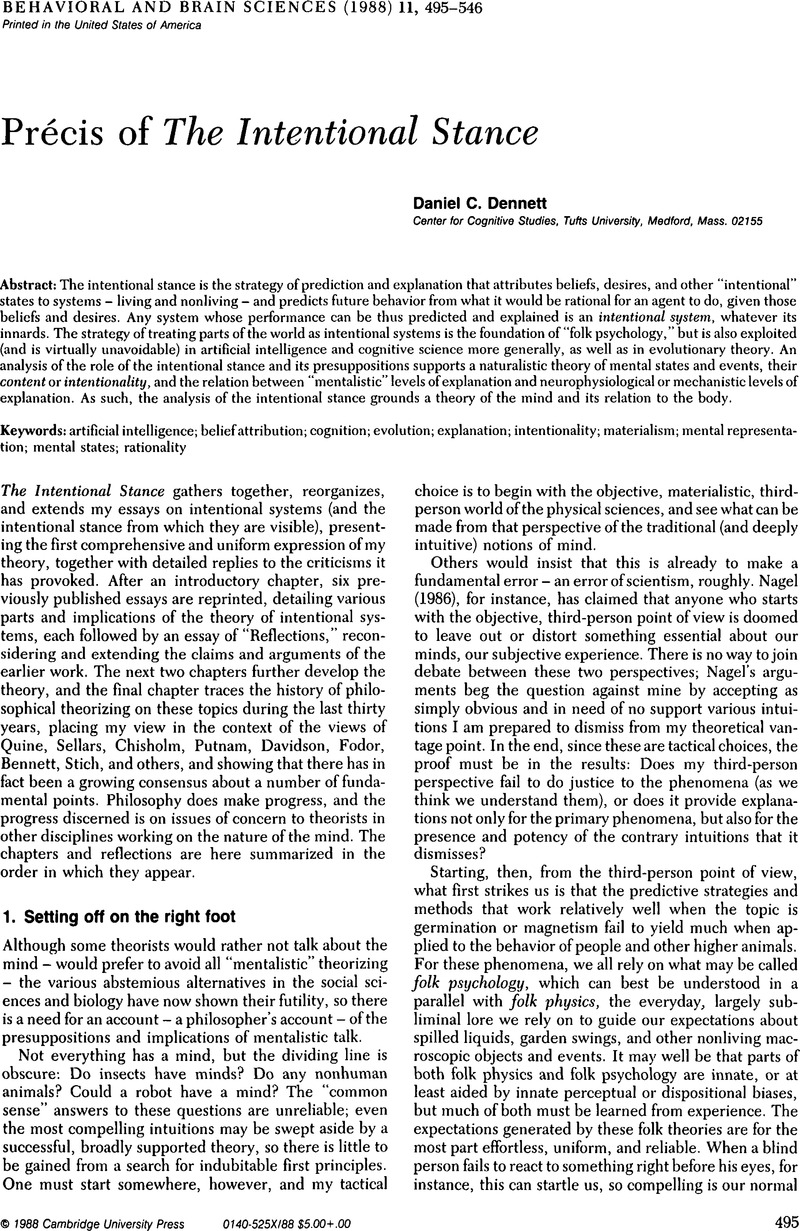Crossref Citations
This article has been cited by the following publications. This list is generated based on data provided by Crossref.
Revonsuo, Antti
1993.
Consciousness, Cognitive Schemata, and Relativism.
Vol. 15,
Issue. ,
p.
27.
Ward, Andrew
2001.
The Compatibility of Psychological Naturalism and Representationalism.
Disputatio,
Vol. 1,
Issue. 11,
p.
2.
Hansson Wahlberg, Tobias
2014.
Institutional Objects, Reductionism and Theories of Persistence.
Dialectica,
Vol. 68,
Issue. 4,
p.
525.



